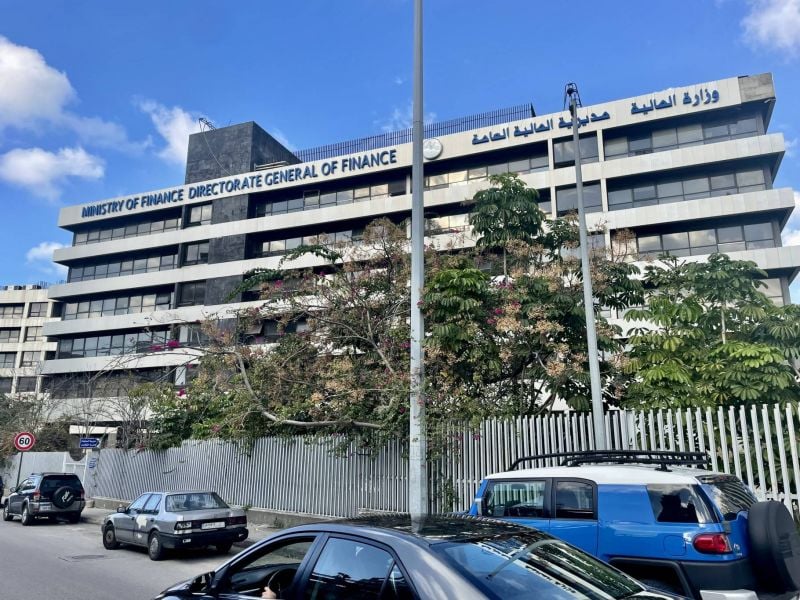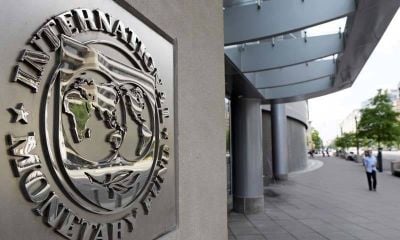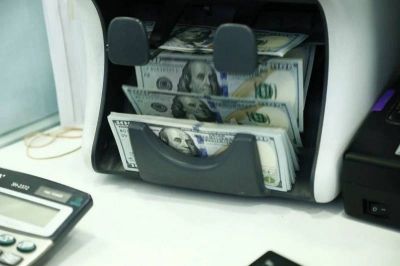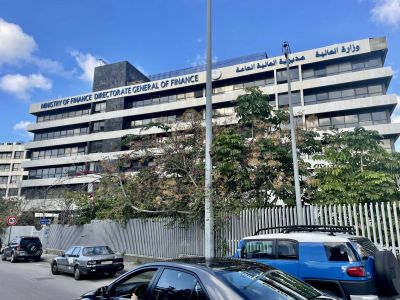
The headquarters of the general directorate of finance in Beirut. (Credit: P.H.B.)
BEIRUT — The VAT in Lebanon will no longer be calculated at the official rate of LL15,000 that came into force on Feb. 1, but at one of three different rates close to the market rate.
This information emerged from a cabinet decree issued April 18, and published April 27, in the Official Gazette. Though this news has been circulating on social media the government itself has been very discreet on this matter, but L'Orient-Le Jour was able to confirm via the Ministry of Finance press service.
Nadim Daher, accountant and treasurer of the Lebanese Business Leaders Association (RDCL), explained the decision for L'Orient-Le Jour.
To put it relatively simply, an importer will calculate VAT in lira from a product whose pre-tax price is in dollars at a rate set by a joint decision of the minister of finance (i.e. caretaker Minister Youssef Khalil) and the Governor of the Banque du Liban (Riad Salameh), which, in principle, will be aligned with that of the customs dollar. The rate of the customs dollar — used to calculate customs duties in lira — is currently LL60,000 to the dollar but may increase in May.
The same importer or trader who sells a product or service to another trader will apply the BDL Sayrafa platform rate, which is LL86,500 to the dollar, based on Friday's update.
If a trader sells the same product or service to an end user (at retail price), the decree implies that the market rate will be applicable.
The same decision specifies that the VAT applicable to airport and port charges will also be aligned with the Sayrafa rate.
"The other problem," Daher says, "is that companies will have to manage accounting with several exchange rates as the official rate is still LL15,000 to the dollar."
In a country that relies heavily on imports, this will inevitably result in further inflation. According to the latest official figures, inflation in March jumped by 33.27 percent on a monthly basis and 263.84 percent annually. Nearly four years after the start of the crisis, during which the national currency lost more than 98 percent of its value, inflation is rising at a four-digit rate.


